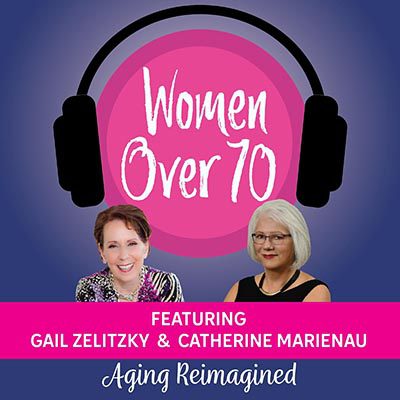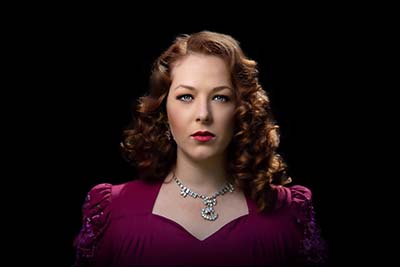Why I Don’t Use Complementary Treatments for Migraine

I don’t use complementary treatments to manage my migraine illness. It’s not that I refuse to try remedies beyond scientifically proven medication. After all, if there are different ways to knock down a migraine episode, why not take advantage of all the options possible?
You don’t know until you try, as they say. Some of the non-pharmaceutical options out there are yoga, acupuncture, oils, herbs, tai chi, Botox, magnesium, probiotics, etc. If you have found relief using alternative treatments, fantastic! I’m truly happy you’ve found a method that works for you and makes your life better.
I, on the other hand, have tried a few of the items listed above and experienced no relief at all. You might tell me I need to be more optimistic or have more faith or keep an open mind. Maybe it has little to do with my state of mind and more to do with science. My body chemistry might differ from those who have found success with alternative treatments. To each, his own is also what they say.
I’ve tried herbal supplements. No change in migraines or hot flashes or anything else that ailed me at the time.
I’ve tried Yoga. My flexibility improved, but no change in migraine frequency or intensity. When I’m in the throes of an attack, Exercise of any kind only makes the pain and nausea worse for me.
A big trigger button for me is smell. Scented oils and I are sworn enemies. I’ve tried lavender and mint only to be more nauseated than without the oils. I can’t have scented oils anywhere near me or my home, thank you very much.
The main reason I don’t use alternative treatments is that I don’t need to. Over the years, my doctors and I have established a successful management plan focused on trigger avoidance, preventive medicine, and abortive medicine. Here are the basic elements of the migraine management plan that allows me to live a good life with migraine illness.
I know my triggers and avoid exposure to those triggers whenever possible. Sometimes avoidance is impossible, so I make sure I have on hand the medication I need to fight back at any time.
A tablet from the class of triptans, works very well for me, especially if I take it at the earliest possible sign of a migraine attack. Usually, within a little over an hour, the pain is gone before it has a chance to knock me out of my day. I’m a little tired for a few hours after, but otherwise, no bad side effects have occurred for me.
If the episode has progressed beyond the ability of the tablet, then I use an injection from the class of triptans. 12 minutes after the medicine enters my body, I will experience a wave of sweet relief. Exactly 12 minutes, every time. I must lie down for that 12 minutes in order to minimize the flushed, tightening of the chest side effects, and afterward, I’m a bit tired. I’ll trade migraine suffering for those side effects any day.
I try to eat a balanced Diet, drink plenty of water, maintain a good Sleep routine, and exercise a little, too. Discipline and routines are my greatest tools against migraine.
Prior to Menopause, my doctor prescribed a preventive from the class of beta-blockers to help decrease the frequency of attacks. Once I made it over the menopause bridge, I’ve no longer needed to take a preventive.
The bottom line is that what works for me may not work for you, and vice versa. You be you and I’ll be me. I’m going to stick to the standard scientific methods that work for me, but if alternative methods provide results for you, then by all means take advantage of those options. Do whatever it takes to win the battle against migraine.
Check out these articles for some great complementary treatment ideas.
“Need a Migraine Hack? Try a Strong Cup of Coffee and More Tricks” by Michele Jordan
“Hacks I Use for Managing a Chronic Migraine Episode” by Naki Carter
Tap into a community of fellow migraineurs on Facebook. Learn, share, connect in our Migraine Support Community.
Originally published at WebMD on 2-28-23.
























